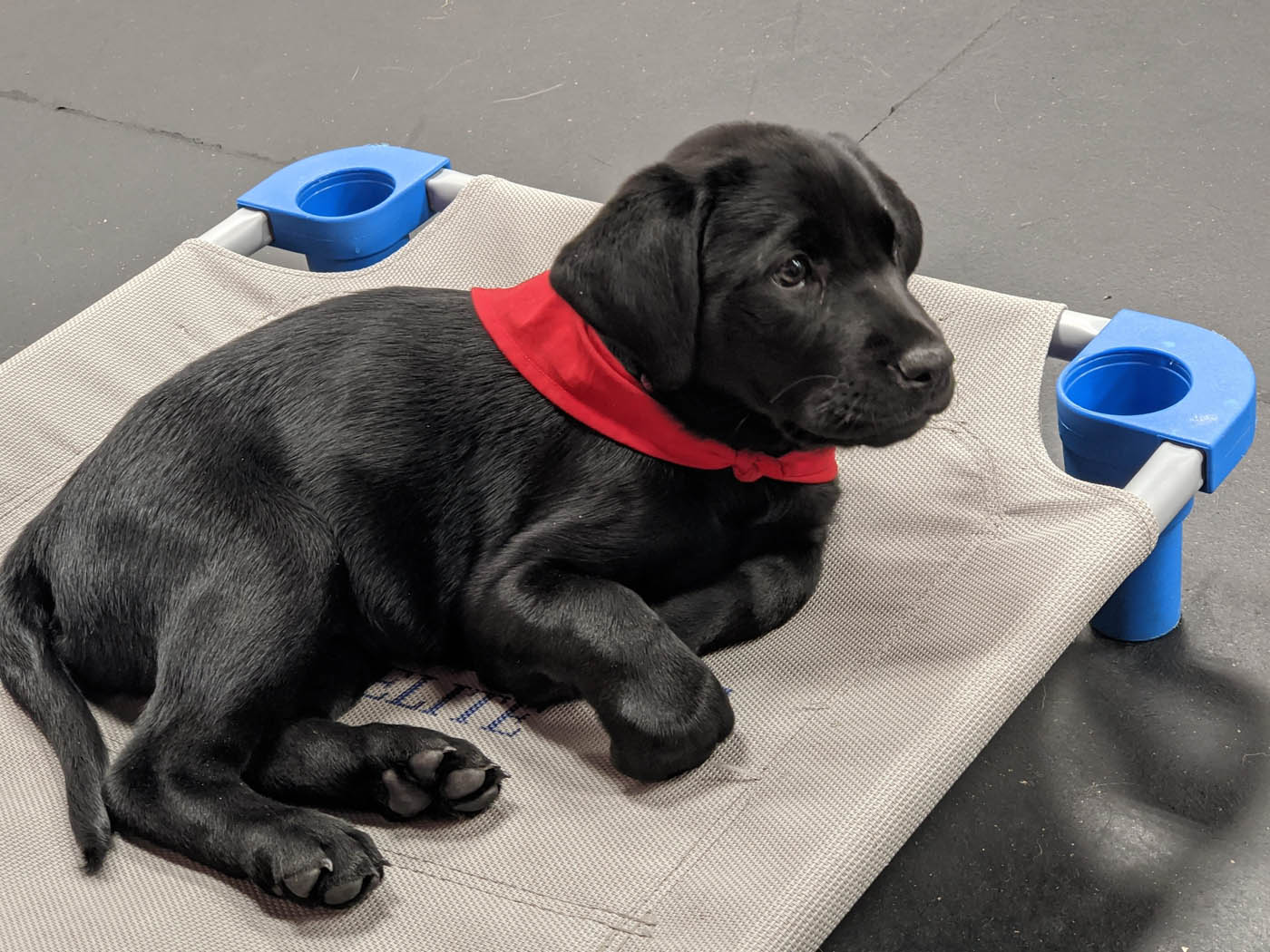Unlock Your Pet's Potential: Proven Pet Training Approaches for Success
Reliable canine training is a nuanced process that hinges on comprehending canine habits and using medically backed strategies. By integrating positive reinforcement, developing clear commands, and prioritizing socializing, canine owners can grow an efficient partnership with their pets.
Understanding Dog Actions
Understanding dog behavior is necessary for efficient training and cultivating a favorable partnership between dogs and their owners. An extensive understanding of canine body movement, vocalizations, and social interactions is essential for recognizing their feelings and requirements. Pet dogs interact mainly with non-verbal cues; for instance, a wagging tail may indicate excitement, while pinned ears can signify fear or entry.

Furthermore, environmental elements play a significant role fit a canine's behavior. Changes in routine, brand-new environments, or the visibility of unknown individuals can result in stress or anxiety in dogs. Recognizing these triggers makes it possible for proprietors to alleviate negative reactions and develop ideal training strategies.
Ultimately, a deep understanding of pet actions lays the foundation for successful training approaches, boosting both habits and the overall bond in between the pet and its proprietor. Dog training. This understanding is essential for fostering a well-adjusted, delighted canine companion
Positive Reinforcement Strategies
Reliable training depends heavily on favorable reinforcement strategies, which have actually been shown to generate considerable cause shaping desired actions in pet dogs. This approach entails awarding a pet for displaying details actions, thereby raising the possibility that these actions will be duplicated. Benefits can take numerous forms, consisting of treats, appreciation, toys, or playtime, relying on what inspires the specific canine.

It is necessary to gradually phase out incentives as the pet dog discovers the behavior, transitioning to intermittent support. This method preserves the behavior with time while protecting against reliance on constant rewards. By concentrating on positive support, instructors can cultivate a trusting partnership with their canines, promoting a participating and healthy and balanced training environment that boosts general obedience and performance.
Developing Constant Commands
A fundamental aspect of effective pet dog training is the establishment of constant commands. Consistency in commands is critical for efficient interaction between the trainer and the pet dog. When commands are uniform, canines find out to connect specific words with preferred behaviors, which speeds use this link up the training procedure and improves understanding.
To establish regular commands, it is necessary that all household participants use the exact same terminology and gestures. If one individual uses "rest" while an additional says "sit down," Source it can develop confusion for the canine. Select clear, distinctive words for commands and guarantee everybody associated with the canine's training sticks to these selections.
Strengthen commands with regular method, making sure that the pet obtains enough opportunities to respond correctly. When a dog successfully follows a command, immediate positive support needs to adhere to.
Last but not least, hold your horses. Establishing consistent commands takes time and initiative. With devotion and quality, you will certainly assist your pet dog establish a strong understanding of expectations, ultimately causing a well-behaved companion.
Socialization and Direct Exposure
Socializing a pet dog is vital for cultivating a well-adjusted and confident companion. This process includes subjecting your dog to a variety of atmospheres, people, and various other pets to establish their social skills and flexibility. Early socializing, ideally in between the ages of 3 to fourteen weeks, is important, as it prepares for a dog's future actions.
During socializing, goal to supply positive experiences in various settings, such as parks, active streets, and homes with various other family pets. Introduce your canine to various stimulations, including audios, sights, and scents, making certain that each encounter is fulfilling. This direct exposure helps alleviate worry and anxiety, leading the way for a much more resilient pet dog.
Involving in regulated team play sessions with various other pets can additionally boost social abilities, showing your pet dog appropriate interactions and boundaries. Focusing on socializing will dramatically add to your pet dog's overall happiness and habits throughout their life.
Conquering Common Educating Obstacles

Pet dogs may have a hard time to concentrate in busy or unknown setups. Progressively desensitize your dog to diversions by beginning training in a quiet atmosphere and gradually presenting more stimuli as they end up being proficient.
Furthermore, behavior concerns like jumping or excessive barking can end up being irritating. Address these by teaching alternative habits, such as resting steadly when welcoming guests. Consistency and persistence are critical; enhance desired behaviors regularly and prevent abuse, which can cause complication.
Last but not least, recognize that each canine is distinct, and training timelines may vary. Tailor your technique to your pet dog's specific demands, and look for specialist advice if essential. With willpower and the right strategies, conquering these obstacles can cause a trained, satisfied canine friend.
Final Thought
To conclude, opening a pet dog's prospective requires an extensive method that incorporates an understanding of canine behavior, the application of favorable reinforcement techniques, and the establishment of regular commands. Early socializing and direct exposure to diverse environments better boost a pet dog's versatility and confidence. By addressing usual training difficulties with customized methods and persistence, a participating and harmonious partnership in between canine and trainer can be cultivated, eventually resulting in a mannerly buddy with the ability of flourishing in numerous circumstances.
Effective pet training is a nuanced process that hinges on recognizing canine behavior and using clinically backed strategies.Recognizing pet dog behavior is crucial for reliable training and promoting a positive partnership between dogs and their proprietors.Effective training depends heavily on favorable reinforcement strategies, which have been revealed to yield considerable outcomes in shaping preferred actions in canines. When commands are consistent, pet dogs learn to connect details words with preferred actions, which accelerates the training procedure and enhances understanding.
In final thought, unlocking a pet dog's potential requires an extensive approach that incorporates an understanding of canine habits, the application of positive reinforcement methods, and the facility of consistent commands.